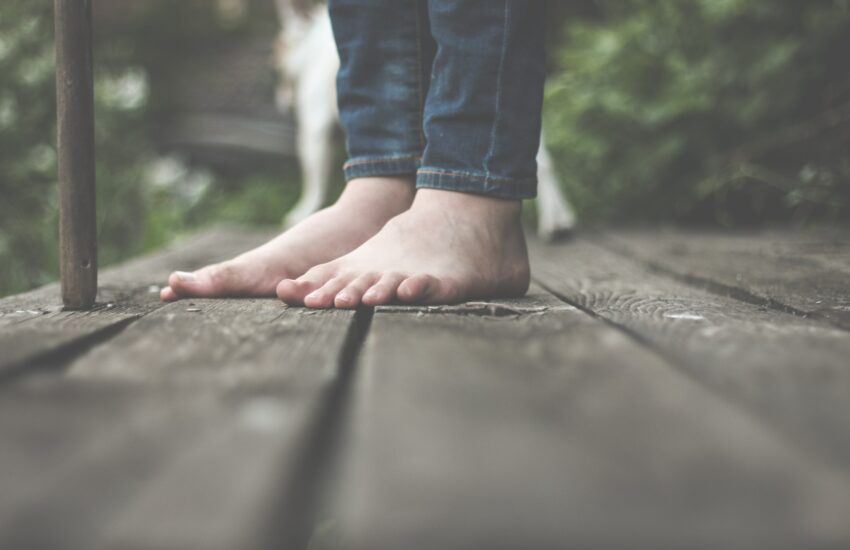Help. How to Deal With Knee Pain After Basketball?
Introduction
If you’ve played basketball, you know that it is a fast-moving sport that is fun to play. The high risk of knee injuries is one aspect of the game that is not so enjoyable. According to statistics, basketball is the fourth leading cause of injury in the field of sports. It’s the nature of the sport.
The knees are prone to injury due to the immense pressure on the patellar tendon caused by all the running, jumping, and sudden stops. You can play this exhilarating sport if you understand the risks, and learn how to prevent a serious knee injury.
What Are The Causes and Prevention of Knee Pain during and After Basketball
Here are some reasons people get knee pain during basketball:
Fatigue
Fatigue is an often overlooked but crucial component of injury risk. The majority of injuries occur later in a game, during agility training, eccentric training strength training and during seasons when training and playing load is intensified. It’s important to look at factors like the perception of an athlete’s fatigue, their schedule of competition and to combine them with coaches and other subjective actions.
A Basketball player that gets involved in many games during a season may tend to over-work all body parts, the knee especially. It is important a player takes note of their knees and consult a physiotherapist if an unusual feeling or symptom is noticed.
Poor Jumping and Landing Technique
During jumping and landing, a basketballer should coordinate their joints, such that there all joints fall on a straight line when viewed from the front. This enables the knee not to fall out of line. The more jumping and landing is perfected, the more the risk of a knee injury is reduced.
To minimize knee injuries caused by poor landing and jumping techniques; proper techniques should be practised in training.
More Load Than the Body Can Carry
Another major factor that can lead to a knee injury in basketball players is carrying too much load than the body can carry. The load can be broken down into two. Loads can either be too much in a single instance or accumulated over a period.
Severe ankle sprains and knee pains are caused by injuries like an ACL tear or anterior cruciate ligament, which is caused by too much load in a single instance during movement; the risk also increases when the load is accumulated.
To minimize the risk of this knee pains caused by overload; players should study their bodies and know their limits, players should know the minutes their knee can allow them to play, players should know how many games they can play per season and not overdo it. This would help them know how to maintain their knee.
How Do You Deal With Knee Pain after Basketball
Having pains in the knee after basketball is normal, but if this pain comes with swelling, immobility, and inability to carry body weight; a doctor should be seen immediately for treatment.
To deal with pain after basketball in the first 1-4 weeks, basketball players are advised to try RICE therapy. If there are no improvements even after 4-8 weeks, advanced treatments like the usage of anti-inflammatory medications and surgery can be done.
Generally, these try any of the following procedures as you can
- Start with physical therapy. Comfortably sit or lie down and put a soft pillow beneath your knees to prevent hyperextension. Stay away and avoid a game for the coming days as much as you can for proper pain relief.
- Apply ice to the painful area on each knee. Allow the ice to remain in place for up to 15 minutes. Repeat for pain reduction, allowing for 20-minute intervals between the treatments for your knees without ice.
- Wrap the knees for convenience using elastic compression wraps, knee brace or sterile tape. Begin wrapping beneath the knee and move diagonally up the leg. Wrapping too tightly or horizontally might reduce blood flow to the knees, which can impede recovery.
- Stretch your muscles as your discomfort decreases and every day thereafter. Further damage may be caused by tight muscles. Begin with a five-minute jog to warm up.
- Strengthen your quadriceps to reduce the likelihood of future injuries. Stand with your back flat against a wall. Step your feet about 18 cm away, keep your buttocks in touch with the wall. Gently drop your buttocks toward the floor, as if sitting, and hold for two counts. This should be done as many times as you can tolerate.
- Sit on the floor and stretch your hamstrings with your legs in front of you. Gently bend over your legs and reach for your toes with your fingertips, keeping your back as straight as possible. Stop when you feel your legs tugging and keep this posture for 30 seconds.
- Wear a proper pair of basketball shoes to avoid the risk of injury, especially to the ankle joints
- Get a proper athletic trainer to help you around preventative measures and athletic activity. Your athletic trainer will be the one to advise when to return to activity
Conclusion
You have been playing basketball for a while now, and your knees have been hurting more and more. You have noticed that it has been getting harder to play as well. The good news is that it is not just you – most basketball players who play often will experience these same pains at some point in their career. It is important to notice the early warning signs of knee pain so you can take action before they become a debilitating problem.
Photo by Tim Mossholder on Unsplash


